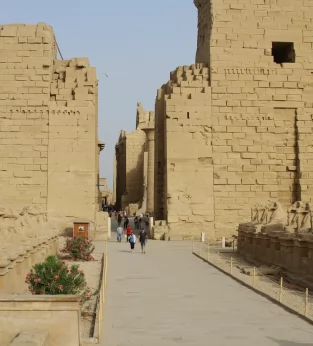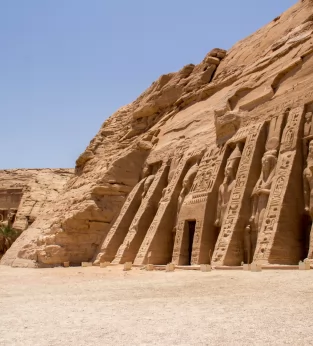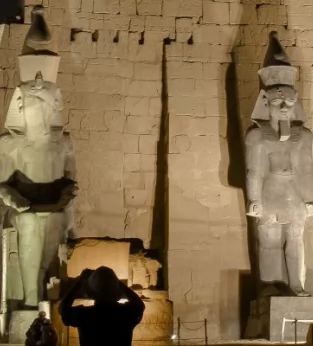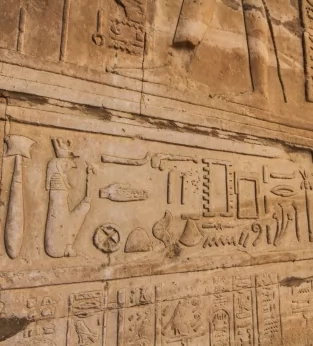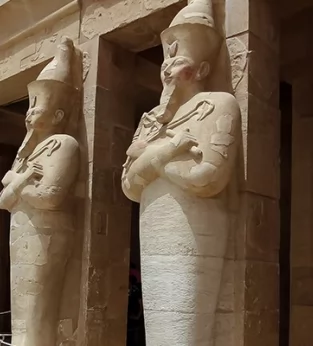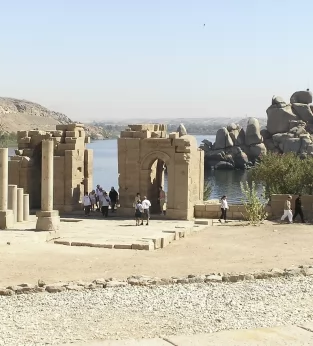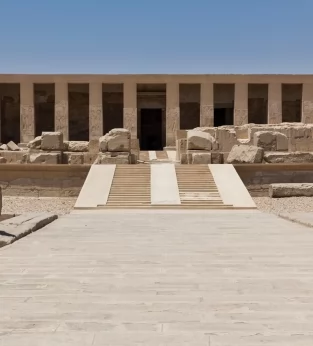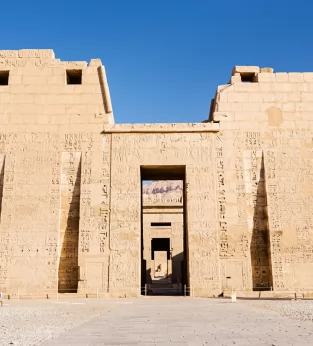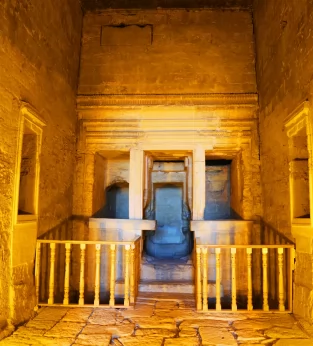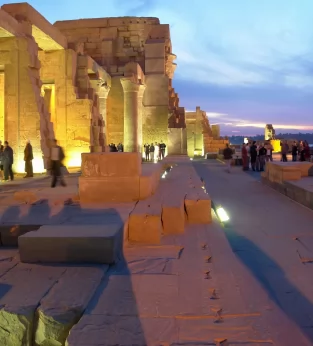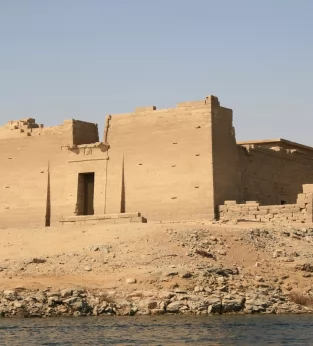Stay updated!
The Dendera Temple Complex stands as one of Egypt's most captivating archaeological sites, renowned for its remarkable preservation and profound connections to ancient mythology. At its heart lies the Temple of Hathor, an exquisite example of Egyptian religious architecture celebrated for its intricate reliefs, vibrant coloring, and its impressive astronomical ceiling decorated with zodiacal symbols.
The subterranean crypts and sacred halls reveal insights into ancient Egyptian spirituality and rituals, while the vibrant carvings depict gods, pharaohs, and mythological scenes that connect visitors to the spiritual world of antiquity. This site played a vital role during the Ptolemaic and Roman periods, serving as a significant religious hub and showcasing the enduring importance of Hathor, the goddess of love, music, and fertility.
Due to its remote location from typical tourist trails, visiting Dendera is generally arranged through Egypt private tours, often departing from Luxor, or as part of a Nile cruise from Cairo to Aswan. This style of cruise is organized by Inside Egypt once a year in early spring (March), offering a unique opportunity to uncover the secrets of Dendera in a serene and personalized setting.
Inside Egypt offers exclusive, expertly guided tours led by a knowledgeable Egyptologist, providing an immersive and in-depth exploration of this extraordinary archaeological marvel. These high-end experiences are designed to deepen travelers' understanding of Egypt's divine heritage and ancient history, making them ideal for those eager to explore Egypt's timeless cultural treasures.
PHOTOS OF THE DENDERA TEMPLE COMPLEX
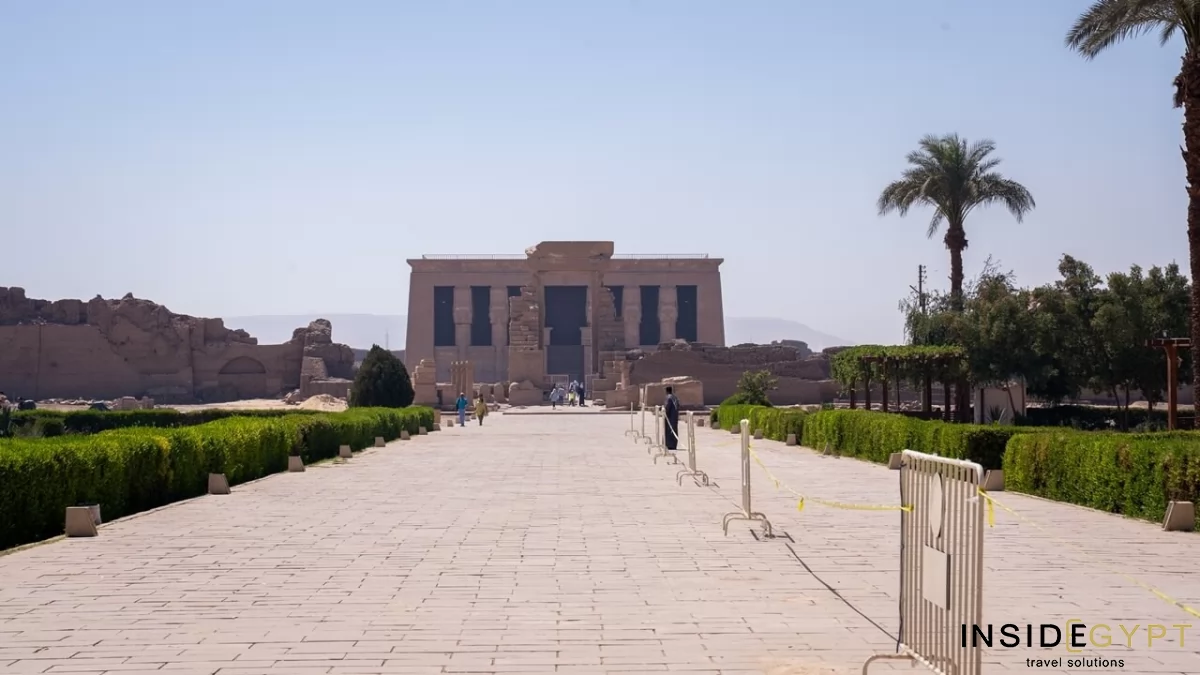
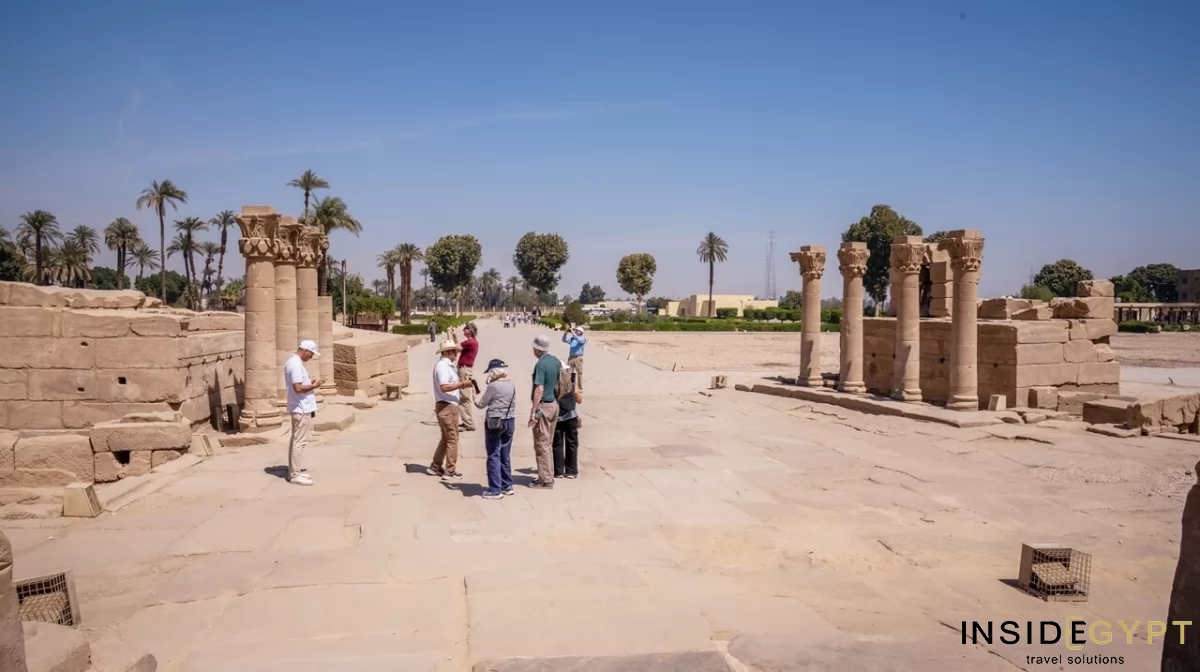
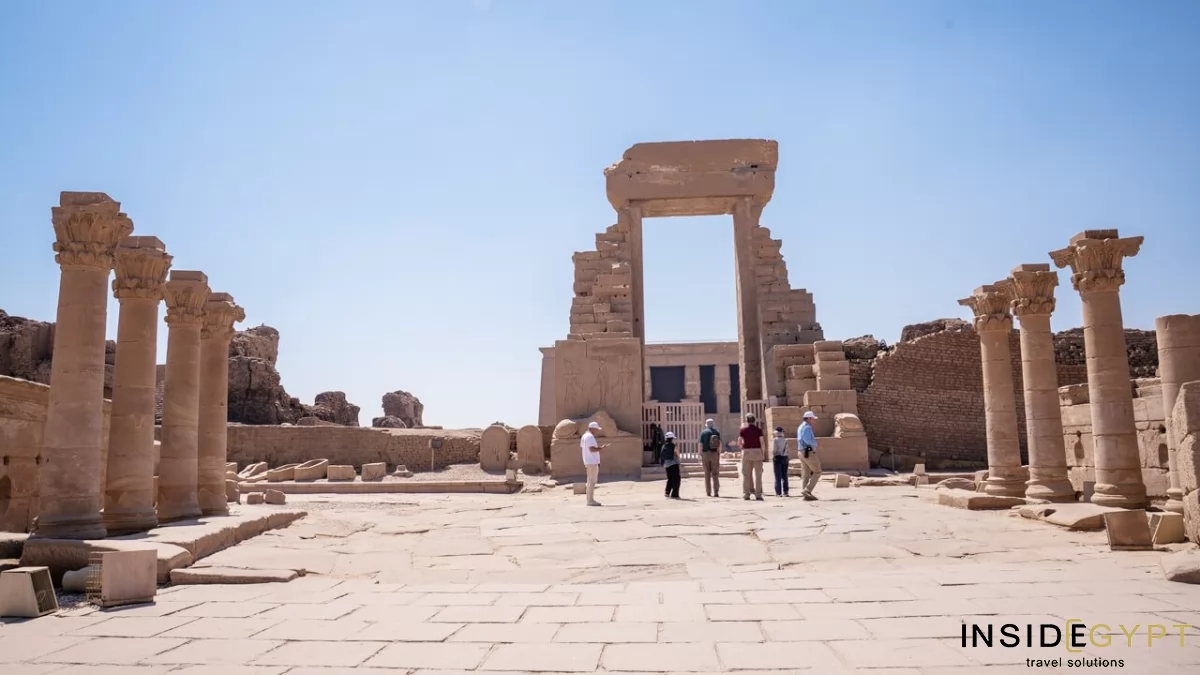
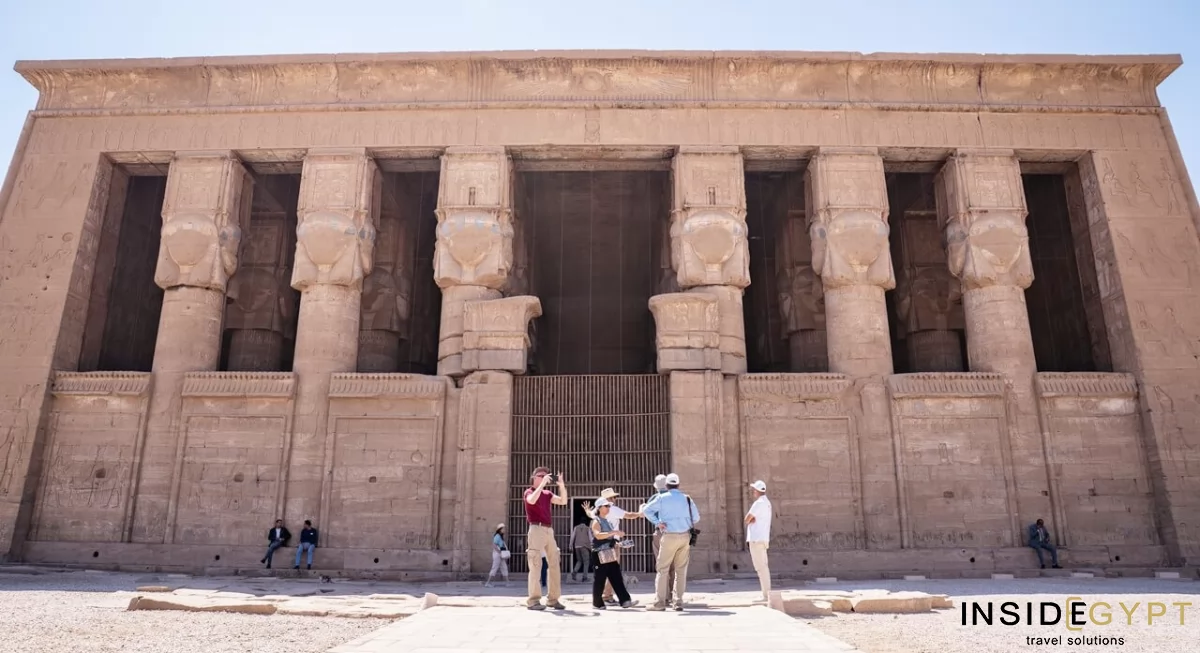
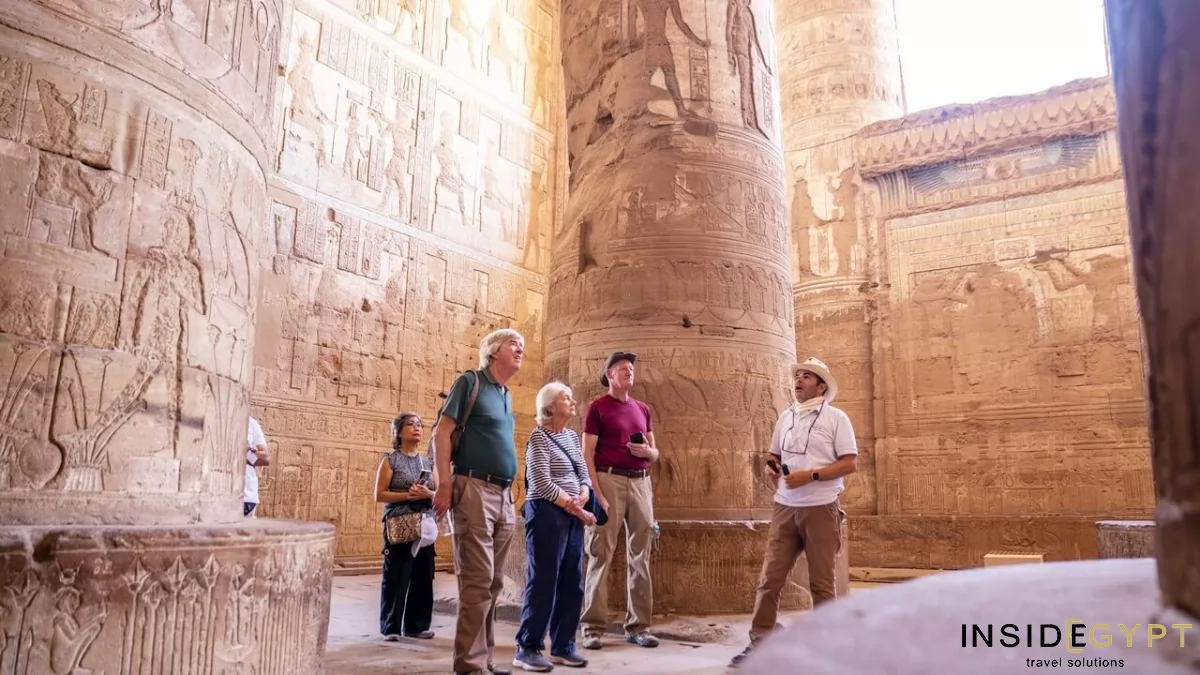
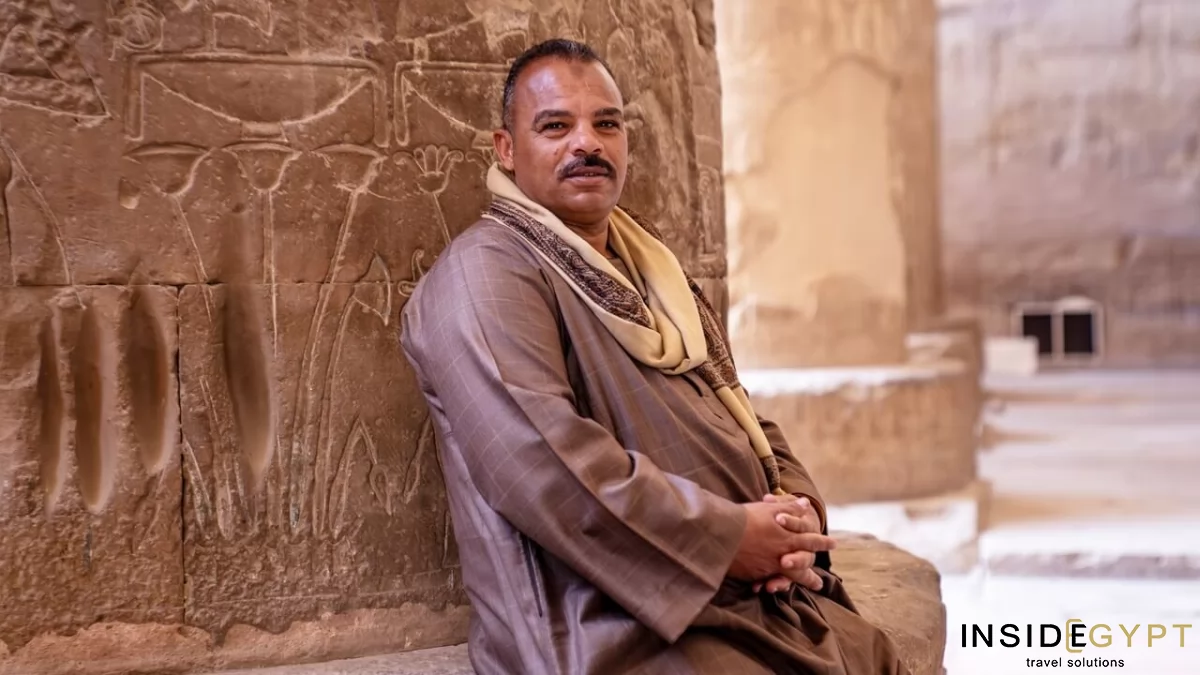
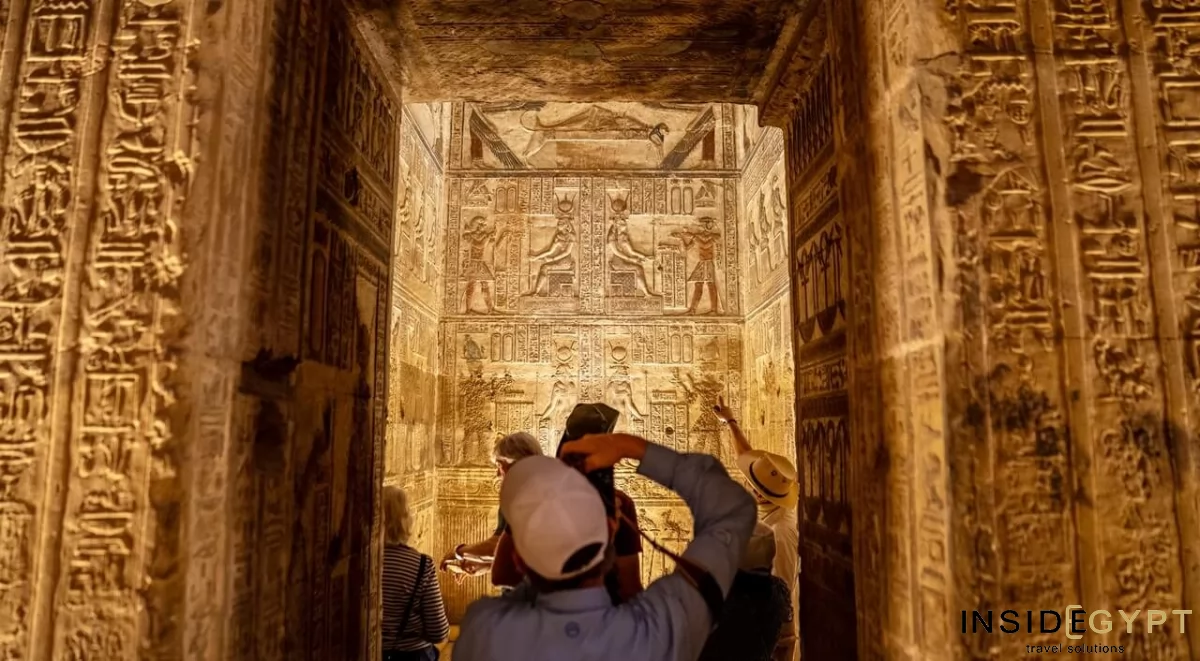
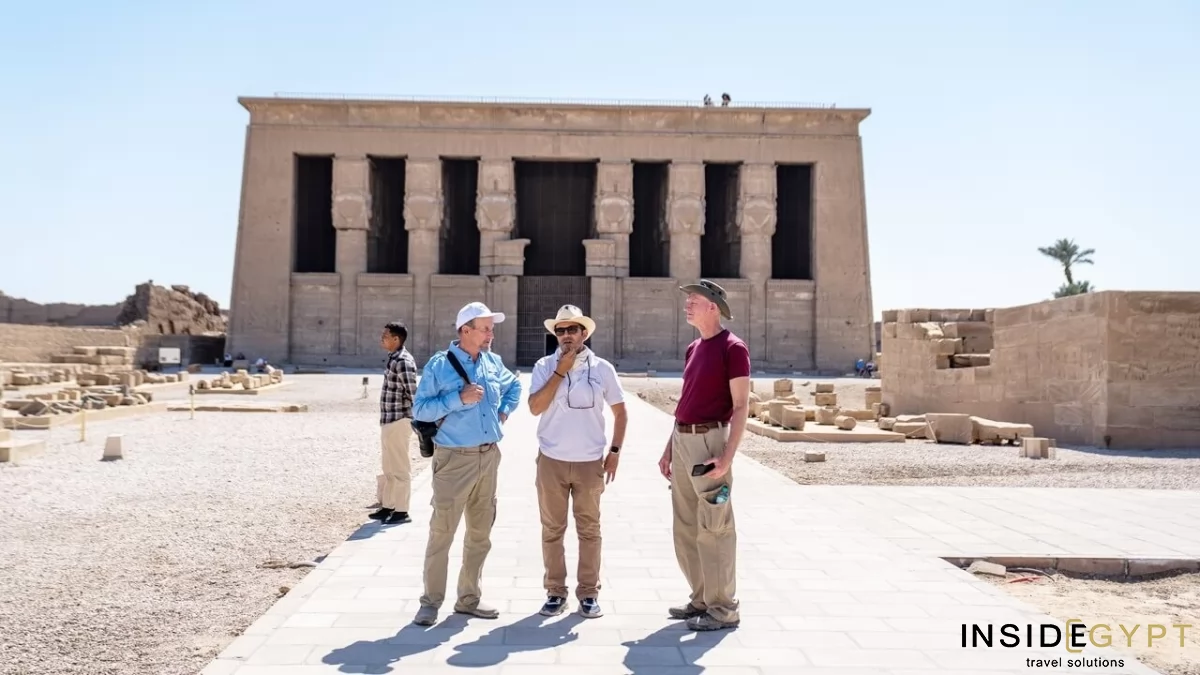
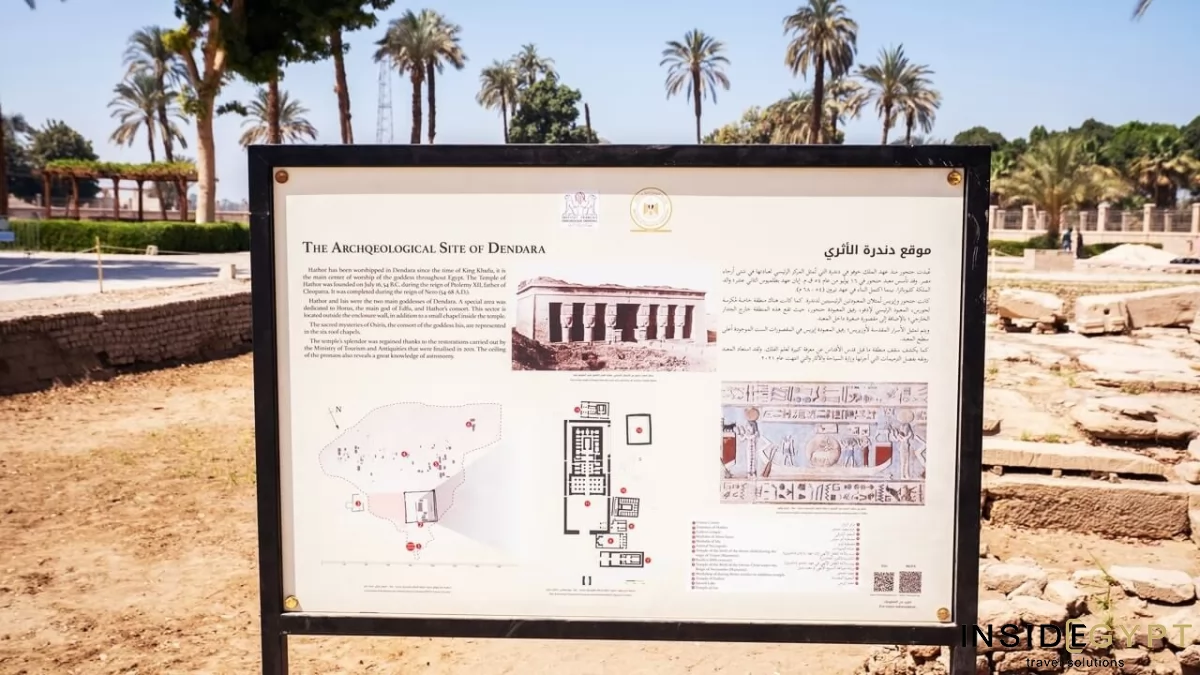
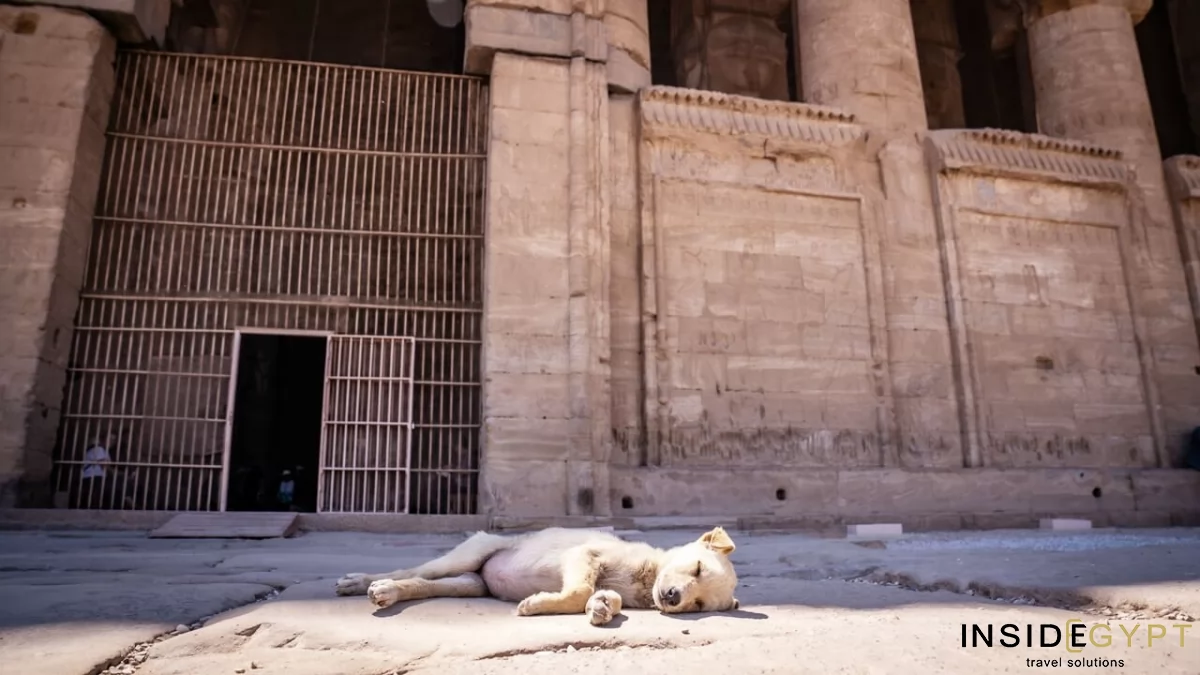
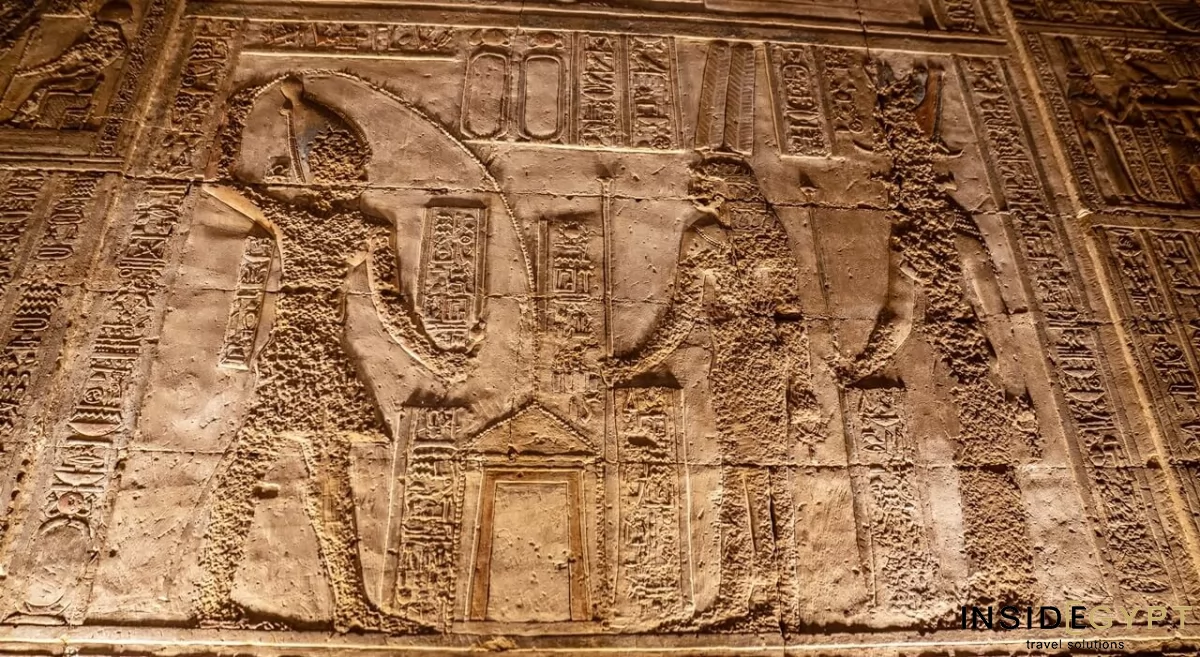
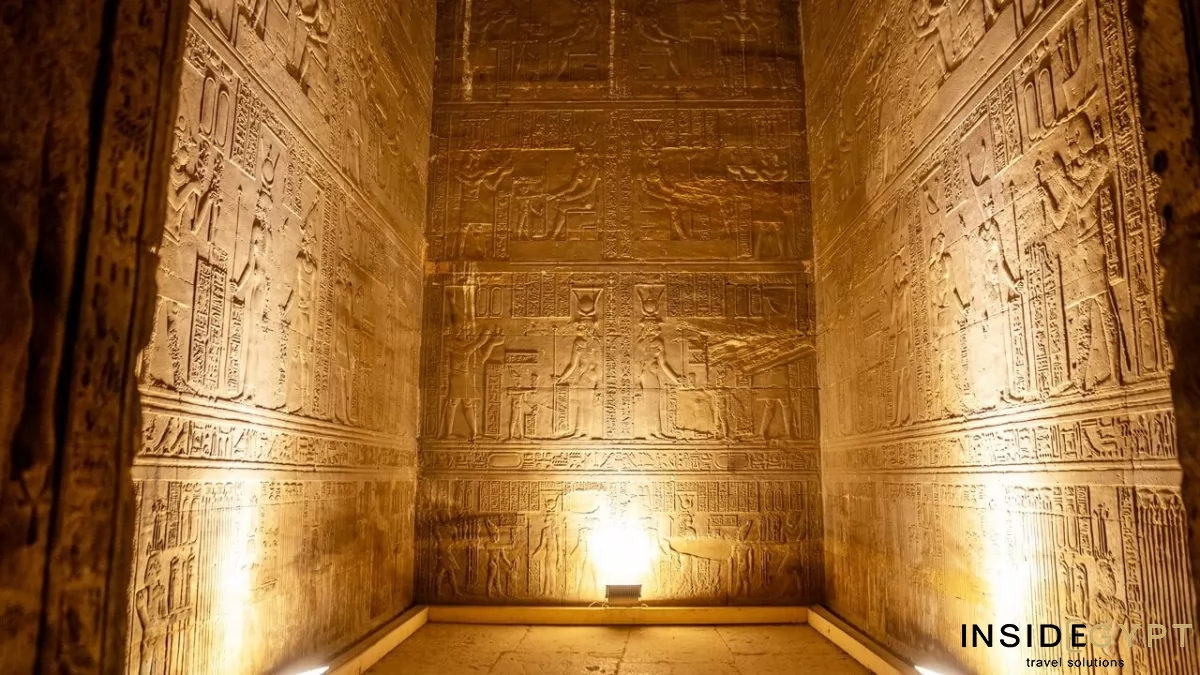
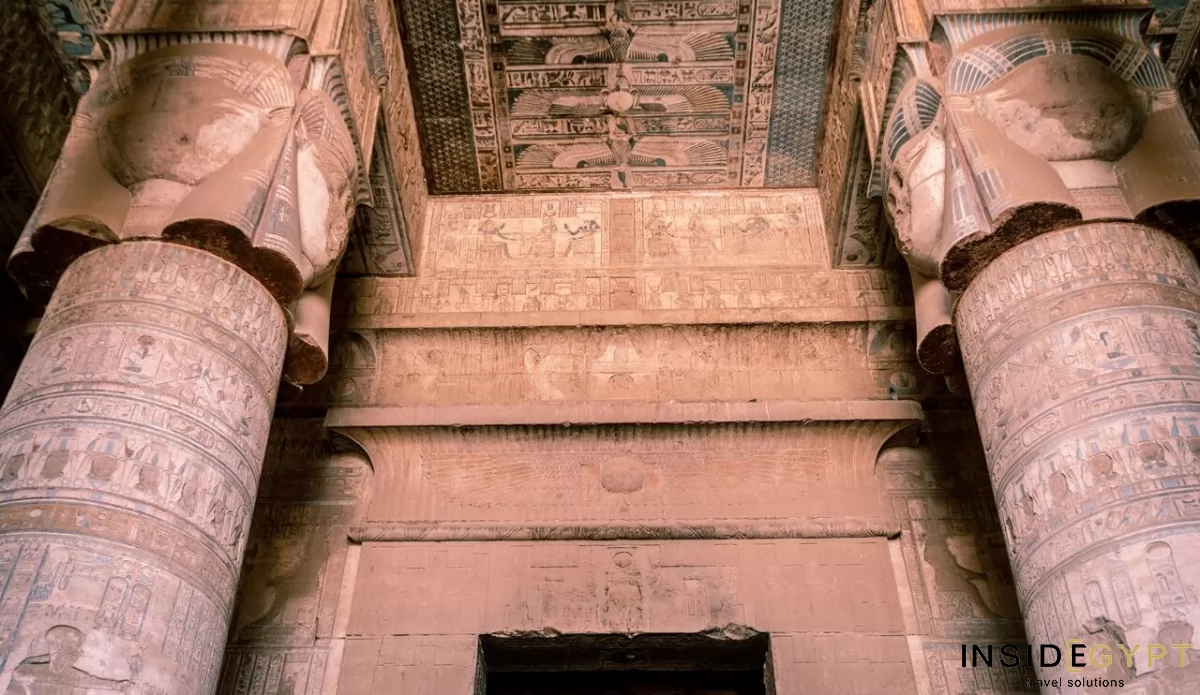
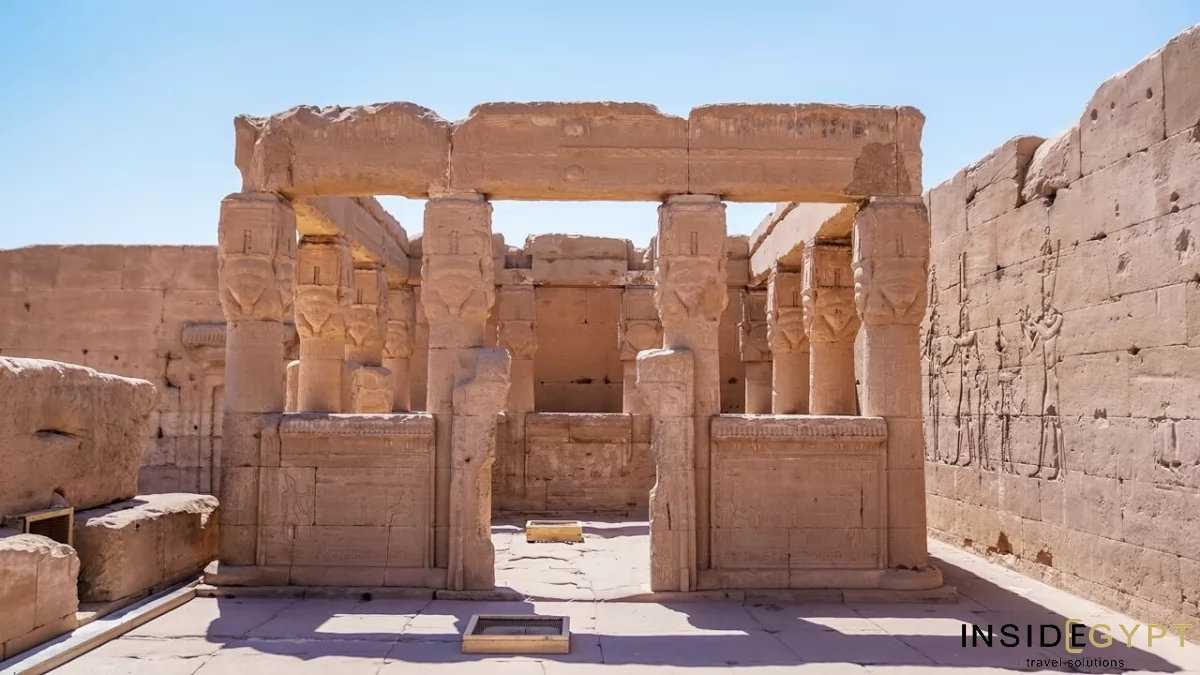
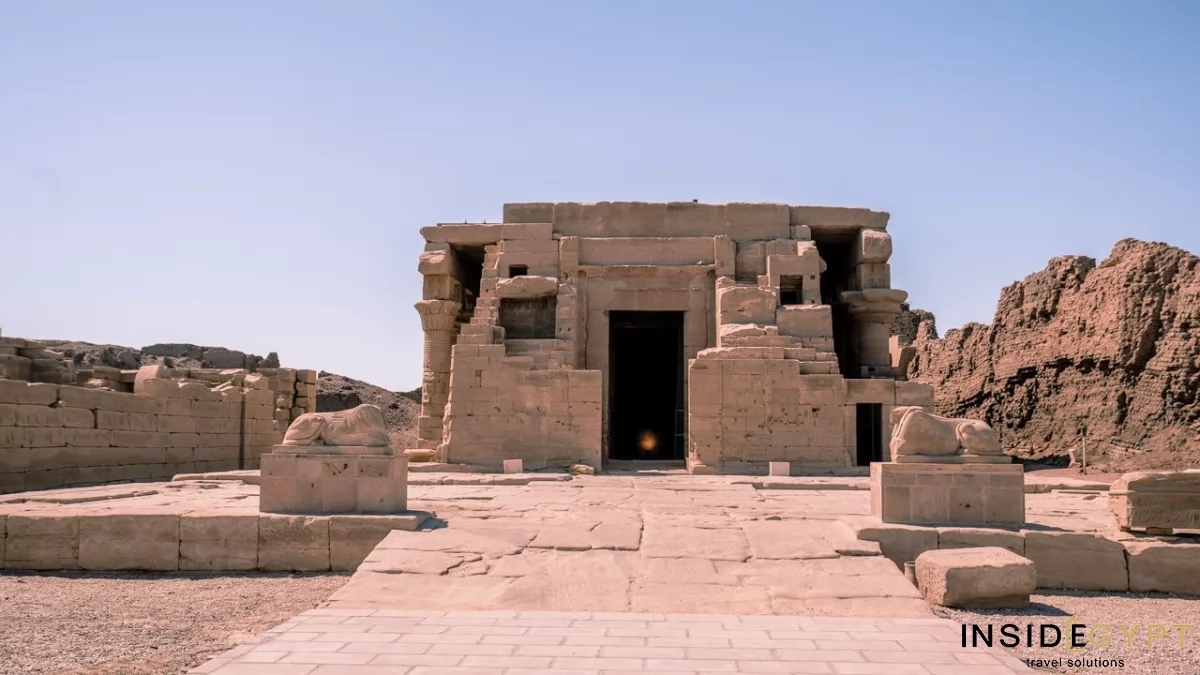
Discover Our Exclusive Egypt Tours
Tour Reviews
FAQ About the Temples at Dendera
What are the Temples at Dendera?
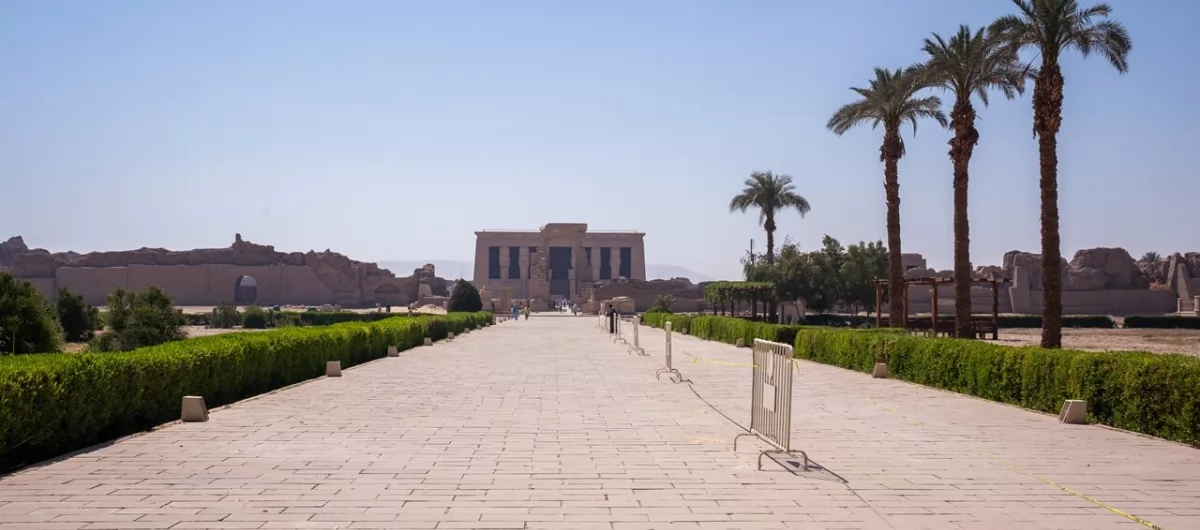
The Dendera Temple Complex is a remarkable collection of ancient Egyptian religious structures, primarily centered around the Temple of Hathor, the goddess of love, joy, and music. This main temple showcases exquisite carvings, colorful reliefs, and a beautifully preserved astronomical ceiling, emphasizing Hathor's importance in ancient Egyptian spirituality. Surrounding the temple are auxiliary buildings that enrich the site's historical and religious significance. Notably, the Temple of Isis adds to the sacred landscape, while the Roman birth house, or mammisi, commemorates the divine birth of Horus. The sacred lake served as a ritual purifier for worshippers, and underground chambers and crypts provide insight into ancient burial practices and rituals.
The Dendera Temple complex evolved over centuries, reflecting architectural innovations and shifting religious practices during different dynasties. From the Ptolemaic period to the Roman era, the structures display a blend of traditional Egyptian styles with Hellenistic influences, illustrating a dynamic religious landscape. The site's layout and design demonstrate how worship practices adapted over time, maintaining its importance as a spiritual hub. For travelers interested in exploring this fascinating history, a dedicated Dendera temple tour offers an immersive experience. Guided by experts, visitors can appreciate the intricate artistry, architectural grandeur, and spiritual symbolism that make the Dendera temple complex a vital testament to Egypt's divine heritage and cultural evolution.
Why are the Temples of Dendera significant?
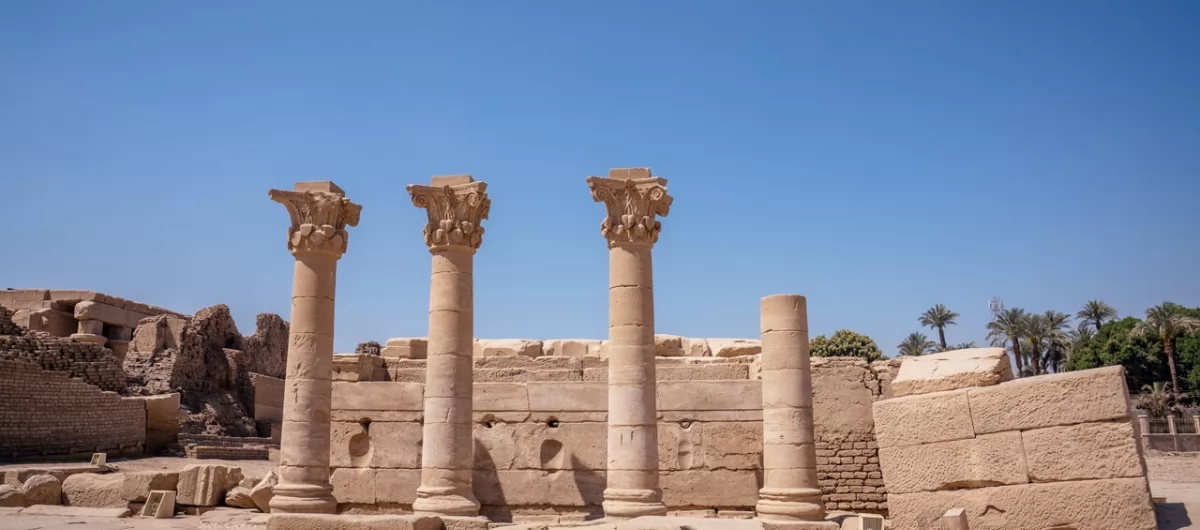
The temples at Dendera are highly significant for their extensive historical, religious, and cultural importance in ancient Egypt, particularly as centers of worship and healing. The temple of Hathor at Dendera served not only as a religious sanctuary but also as a place associated with divine healing, magic, and protection. Its impressive architecture and intricate imagery reveal how Hathor was revered as a goddess of love, joy, and fertility, deeply ingrained in both everyday life and spiritual practices. The exceptional state of preservation of the Dendera temple complex allows modern visitors to observe detailed astronomical scenes, bas-reliefs, and inscriptions that illuminate ancient Egyptian cosmology and religious beliefs.
The site played a vital role across multiple eras, especially during the late Pharaonic, Ptolemaic, and Roman periods, reflecting the evolution of religious practices and artistic styles. The temple of Hathor at Dendera stands as a testament to the enduring influence of goddess worship, with its Hathor temple stairs and other iconic features offering insight into ancient rituals and festivals. For those exploring the site through Dendera temple complex tours, understanding the temple of Hathor steps explained helps reveal their symbolic significance, representing the ascent to divine knowledge and spiritual enlightenment. Today, this archaeological marvel provides invaluable insights into Egypt's rich spiritual legacy, making it a key destination for researchers and travelers eager to connect with ancient Egyptian religion and cultural heritage.
Who was Hathor?
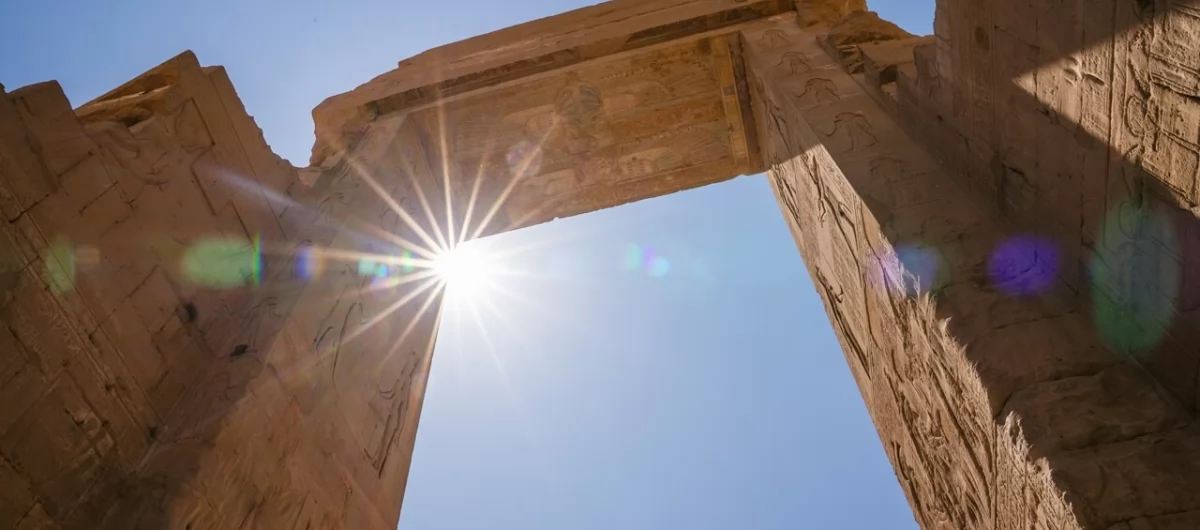
Hathor was one of the most beloved deities in Egyptian mythology, revered as the goddess of love, music, fertility, and motherhood. She played a vital role in daily life and religious rituals, symbolizing joy, beauty, and nurturing care. The Temple of Hathor at Dendera served as her principal cult center, and its architecture reflects her importance. The temple features grand columns topped with her face, and its walls are decorated with detailed reliefs depicting rituals, divine births, and offerings to the goddess.
A notable feature is its astronomical ceiling, adorned with the famous Dendera zodiac—a circular relief illustrating constellations, zodiac signs, and celestial scenes, believed to be the only complete map of an ancient sky. The zodiac includes imagery of Taurus, Libra, and other signs, with figures representing Egyptian deities like Hapi as Aquarius holding water vases, revealing the synthesis of astronomy and mythology. Currently, the Dendera zodiac can be seen in Paris at the Louvre Museum.
Beneath the temple, sacred underground chambers were used for rituals, worship, and burial practices dedicated to Hathor and other gods. The temple of Hathor steps further symbolize spiritual ascent and divine connection. The Dendera zodiac's rich iconography and the temple's intricate artistry make it a unique monument that links celestial astronomy with religious worship. This combination of art, science, and spirituality highlights Hathor's enduring significance in ancient Egyptian culture, making her temple a focal point of divine devotion and celestial understanding.
Where are the Dendera Temples located?
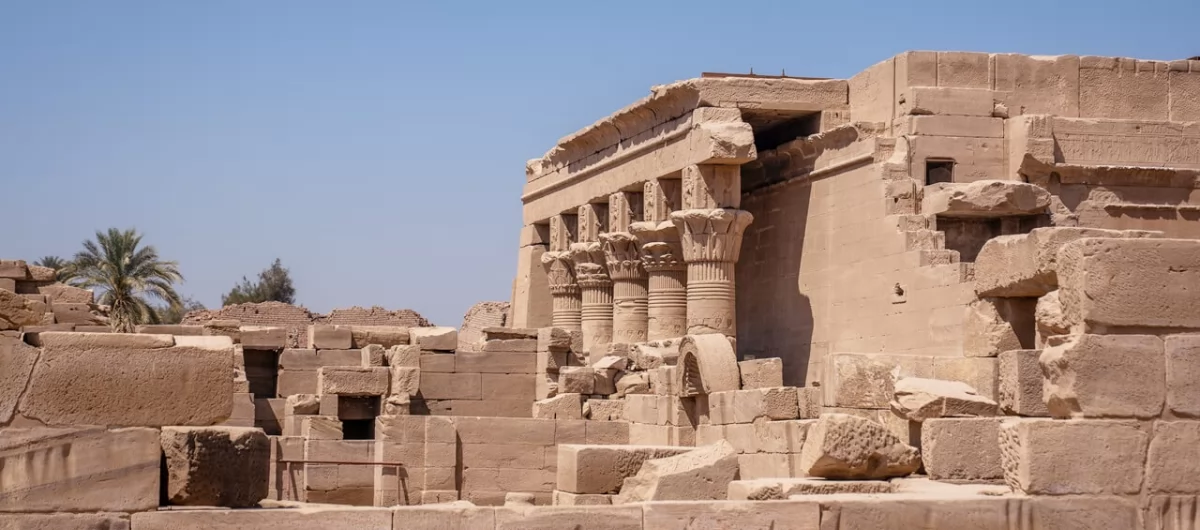
The Dendera Temple complex is located near the town of Qena in Upper Egypt, approximately 60 km north of Luxor. Situated on the west bank of the Nile, the site is just about 5 kilometers south of the small town of Dendera, which lies on the opposite side of the river.
The Dendera temple tour is a popular cultural activity for visitors exploring the region. Its proximity to the Nile historically made it an important religious site, serving as a major pilgrimage destination. Today, visitors can easily access the site by road, making it a common inclusion in day trips or guided tours from Luxor. Its location on the west bank of the Nile offers scenic views and a glimpse into Egypt's rich ancient history.
The Dendera temple complex stands out as one of the best-preserved temple sites from ancient Upper Egypt, attracting tourists, historians, and archaeologists alike. Whether you are interested in exploring the detailed carvings or the celestial-themed ceilings, a visit to the Dendera temple tour provides an invaluable insight into Egypt's religious and architectural heritage.
How can I visit the Dendera Temples?
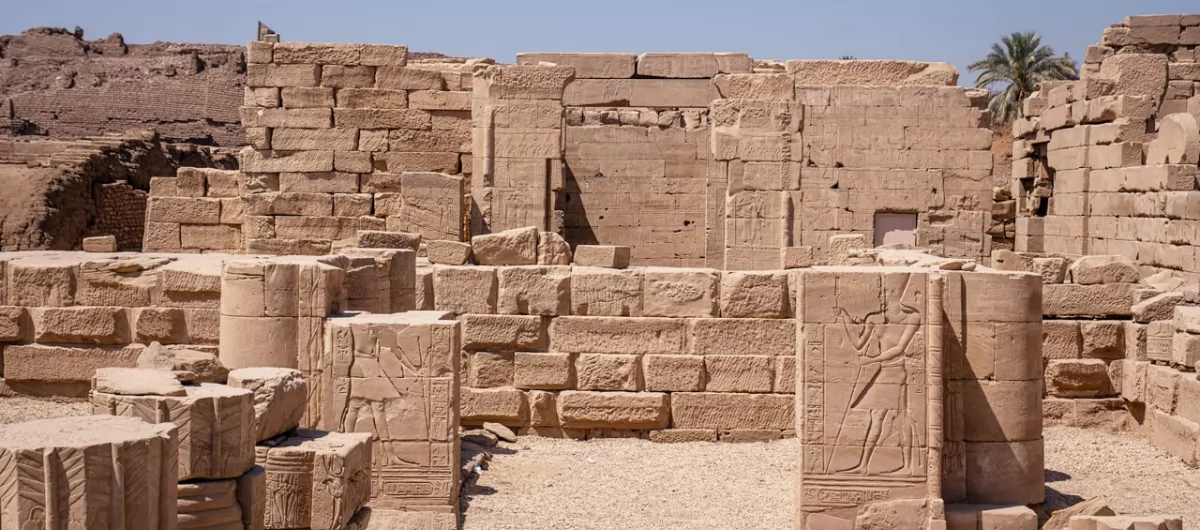
There are a number of ways to visit the temple of Dendera and explore its remarkable history. A popular option is taking a private guided tour from Luxor, which offers a personalized experience and in-depth insights into the Dendera temple complex. These tours typically include transportation, a knowledgeable guide, lunch at local restaurant, and time to explore the temple of Hathor, known for its stunning reliefs and the famous Dendera lamp depiction. A trip to Dendera is often combined with a visit to the nearby Temple at Abydos.
Another exciting option is joining a long Nile cruise organized by Inside Egypt, which departs from Cairo and sails to Luxor and Aswan just once a year. This cruise not only provides a comfortable and luxurious journey but also allows travelers to visit other remote archaeological wonders in Middle and Upper Egypt. These include Tuna el-Gebel, the tombs of Beni Hasan, Tell el-Amarna, and the Seti I Temple in Abydos.
Traveling with Inside Egypt offers numerous advantages, such as curated itineraries tailored to maximize your experience, knowledgeable guides who bring ancient sites to life, and seamless logistics that ensure a hassle-free visit. Whether you're exploring the temple at Dendera or viewing captivating Dendera temple complex photos, this organized approach guarantees a comprehensive and comfortable journey.
With these options, visitors can enjoy a meaningful exploration of the temple of Dendera and its surrounding sites, gaining deeper insights into Egypt's rich cultural and religious history.
Is there anything I should know before visiting?

Before visiting the dendera temple complex, it's helpful to keep a few practical tips in mind. Wear comfortable footwear, as exploring the temple of Hathor at Dendera involves walking on uneven surfaces and climbing the Hathor temple steps. Bring sun protection, such as hats, sunglasses, and sunscreen, as the weather remains warm or hot most of the year. Carry plenty of water to stay hydrated during your visit.
Photography is allowed in most areas, so you can capture beautiful Dendera temple complex photos, including the intricate carvings and the famed Dendera lamp. When visiting the temple of Hathor at Dendera, note that guided tours often include explanations, including the temple of Hathor steps, providing deeper insights into their historical and religious significance.
Inside Egypt's Dendera temple complex tours offer an enriched experience by including expert historical commentary. Guides reveal lesser-known features of the site, allowing you to appreciate both the grand architecture and hidden details that make this site unique. This seamless, informative approach ensures your visit is both enjoyable and educational, leaving you with a richer understanding of Egypt's ancient religious heritage.
Discover Our Exclusive Egypt Tours
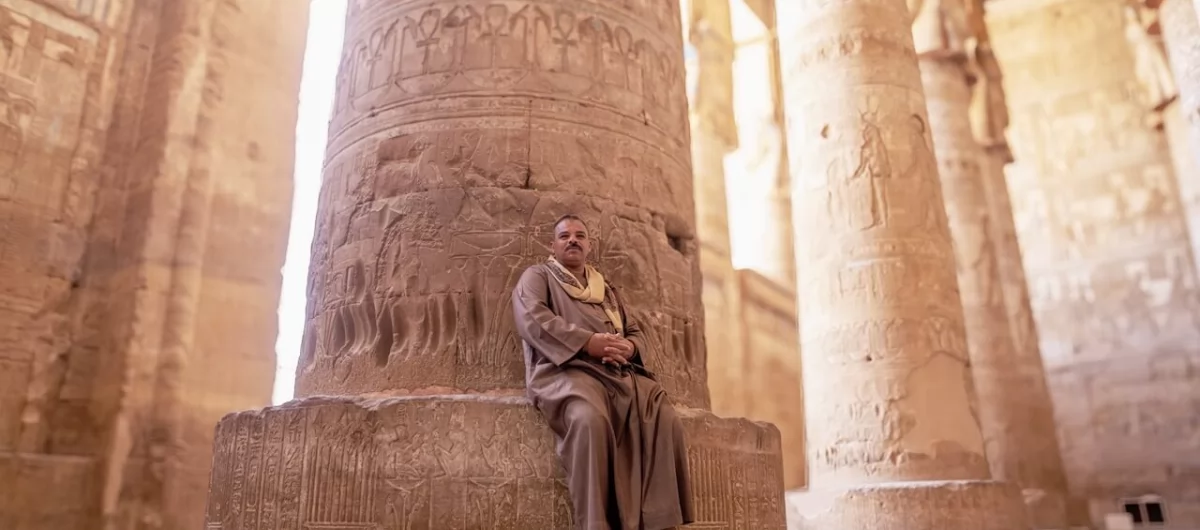
What sets Inside Egypt tours apart is our commitment to expert knowledge, small group sizes, and the best guides. Our intimate groups offer a more personalized experience, allowing for in-depth exploration of Egypt's rich culture and history. Travel comfortably with fully protected transportation and enjoy exclusive access to iconic sites, and other legendary attractions. Our top-notch accommodation and fine dining experiences ensure your journey is both luxurious and memorable.
Here are our exclusive tour packages:
Cruise from Cairo to Luxor and Aswan (a longer river cruise) including the Dendera Temple tour
15-Day Egypt Tour (touring Egypt & the Siwa Oasis)
14-Day Egypt Tour (our most popular!)
12-Day Red Sea Tour (exploring Egypt & enjoying a Red Sea holiday)
10-Day Egypt Tour (highlights of ancient Egypt & cultural experiences)
8-Day Egypt Tour (the essence of Egypt)
7-Day Egypt Total Solar Eclipse Tour
Join us for an unforgettable Egypt experience, enhanced by smaller group sizes, knowledgeable guides, comfortable transportation, and exclusive access to Egypt's most iconic sites; all delivered with exceptional service, ensuring your journey is both enriching and seamless.
What People Say About Our Dendera Temple Tours

Many visitors are amazed by how peaceful and uncrowded Dendera Temple is, allowing for a truly intimate experience. The well-preserved structure offers the perfect setting to admire the vibrant, colorful paintings on the walls and ceilings, which beautifully depict ancient Egyptian mythology and history. Here are some of their thoughts on exploring this extraordinary site with Inside Egypt:
"Dendera Temple is truly an unforgettable experience. The intricate inscriptions on its walls are fascinating and provide deep insights into ancient Egyptian beliefs. Outside the temple, you'll see a depiction of Bes, the protector of newborns and children, who also symbolizes music and dance. Inside, the walls illustrate the story of Osiris—his death and resurrection—highlighting the ongoing cycle of fertility. The outer wall features a compelling depiction of Cleopatra VII and her son Ptolemy XV, reminding us of Egypt's rich history and the Macedonian influence. Inside Egypt's Dendera temple, you get a rare glimpse into both myth and history, making it a must-visit that Inside Egypt highly recommends to all explorers."
"Dendera temple is one of the most beautifully preserved sites I've seen, offering a unique experience different from the temples in Luxor. The peaceful atmosphere and stunning architecture definitely make it worth including in your Egypt itinerary. Inside Egypt's expert guides enhance the visit, making it even more memorable."
"Our discovery of Dendera temple was an incredible highlight. The temple was once buried under sand and rocks, so seeing it so well-preserved felt like uncovering a hidden treasure. The painted cartouches and artworks are stunning. Our river cruise ship docked in Quena and we had a short and convenient trip from there. The site was much less crowded than Luxor, allowing for a more relaxed experience. The underground crypt is fascinating, although there is an additional fee for entry. Inside Egypt's expertly guided tour made this extraordinary site even richer, giving us insights we wouldn't have experienced alone."
